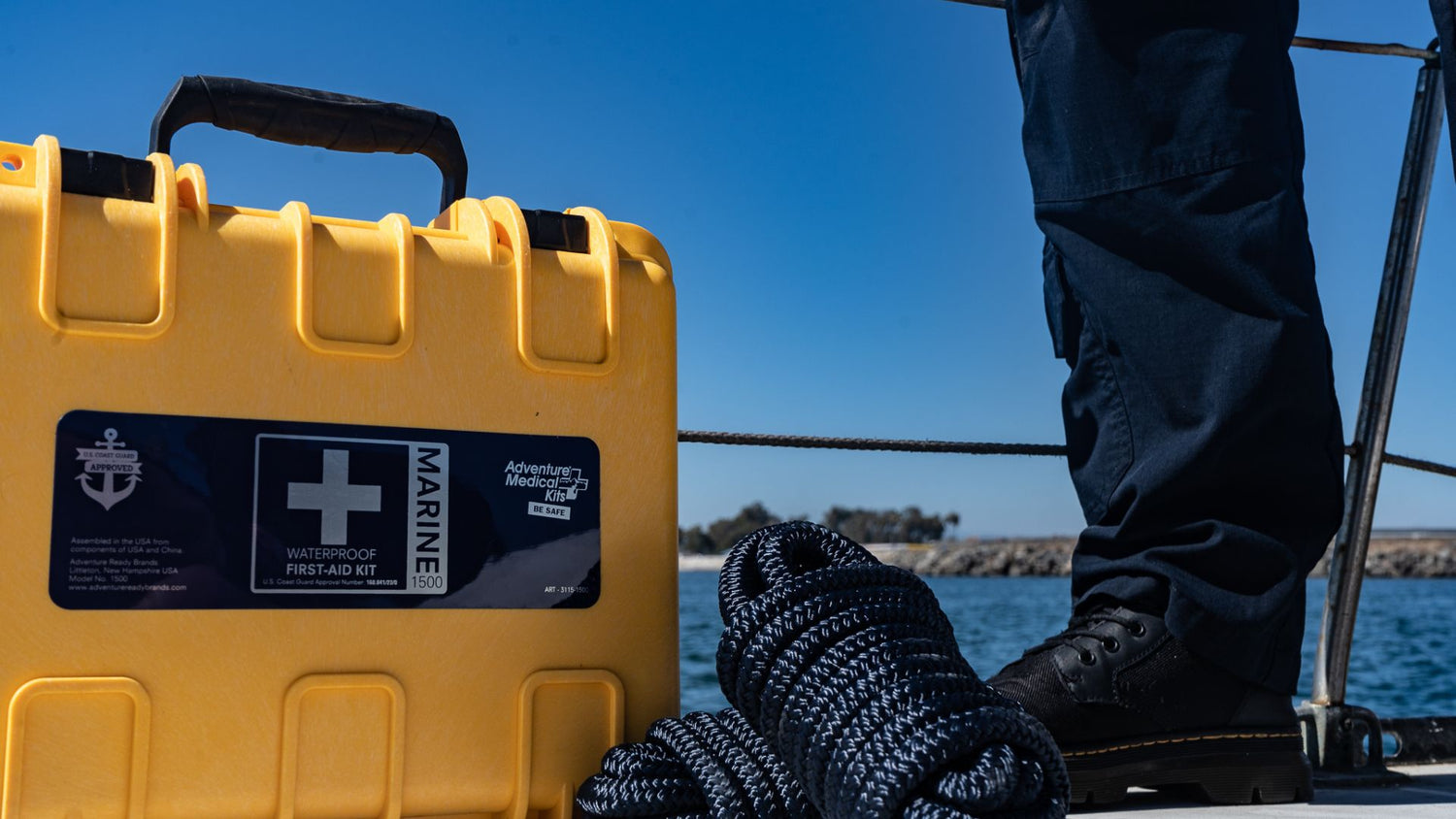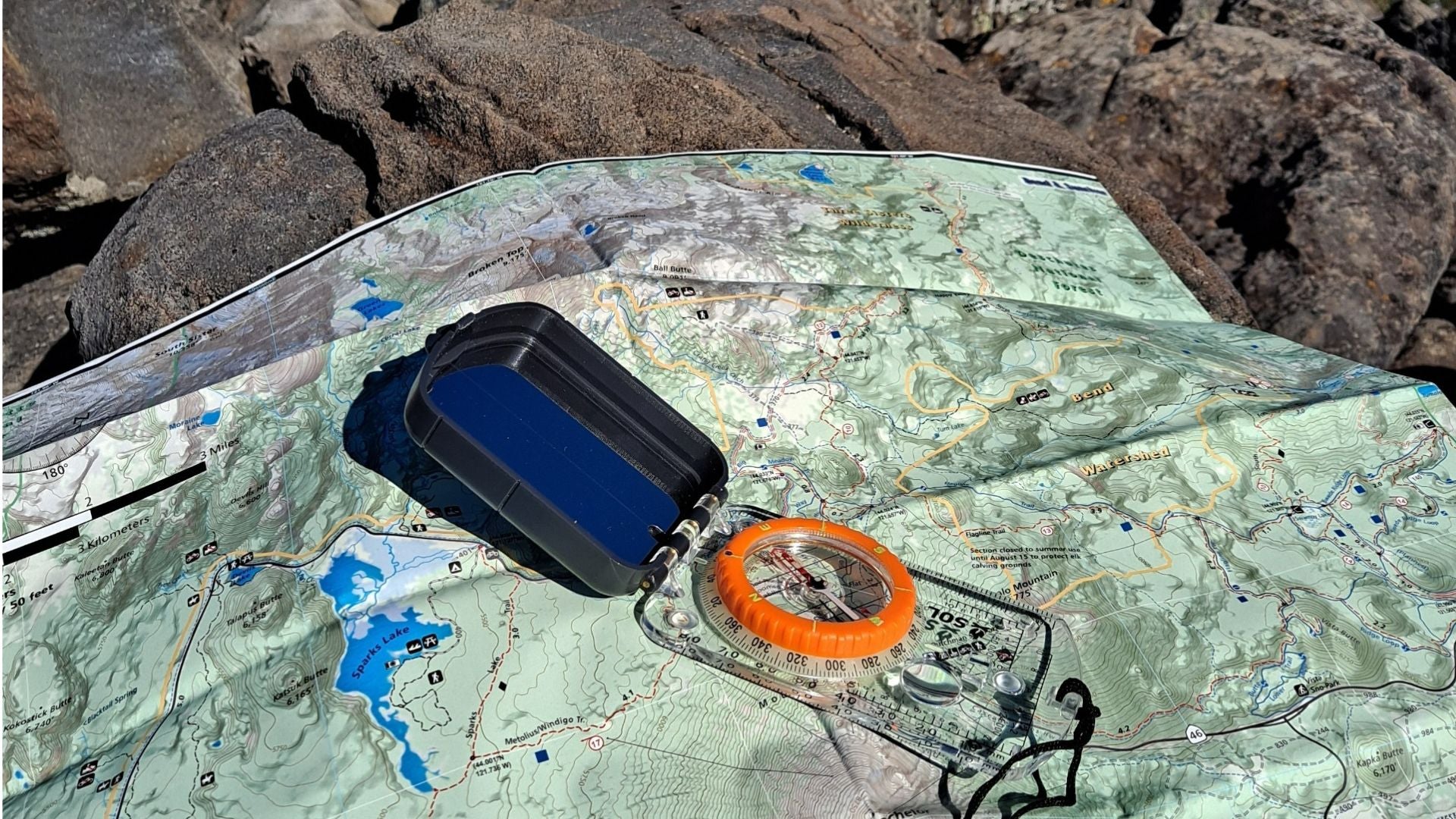
Plan on sailing this summer and fall? Before you do, check out this post from Adventure Medical Kits’ marine medicine consultant Dr. Michael Jacobs for tips on dealing with that common ailment that afflicts many boating enthusiasts – seasickness.
Seasickness (mal de mer) is the sailor’s most common and dreaded ailment; susceptibility is virtually universal. Untreated, seasickness leads to rapid physical and mental deterioration, posing a major hazard to crew health, safety, and morale. Every year, seaworthy yachts are abandoned because their exhausted, seasick, and despondent crews have lost their collective will to persevere. Unfortunately, mariners frequently consider seasickness a medical emergency, and summon unnecessary and potentially hazardous medical evacuations; at the very least, seasickness can ruin a good day on the water for any boater. It is clearly an illness to be reckoned with.
Cause
Seasickness results from a mismatch of sensory input processed in the brain’s balance center, which orients the body’s position in space. Place someone in the cabin of a heeling and rolling boat, and you immediately invite “mal de mer.” Below decks, the eyes oriented to the floor and ceiling detect no tilt from vertical, but fluid in the inner ear (the vestibular apparatus) constantly shifts with the boat’s motion, sending a different position signal to the brain. Positions sensors in the neck, muscles, and joints relay additional information to the brain depending on how the person moves to maintain balance. The conflict of sensory data from all these sources ultimately activates a series of responses, which we recognize as seasickness. Sensory conflict and the loss of spatial orientation can impair ones ability to think and reason clearly. Seasick sailors often lose short-term memory and the ability to solve problems and make sound judgments. Confusion is also a side effect of many medications used to treat seasickness. Astronauts who suffer from motion sickness in space call this condition the “space stupids.” The equivalent condition for seasick boaters might be called “sea stupids.” The trick to preventing seasickness is to avoid sensory conflict by coordinating input, especially from your eyes and ears. Simply put, if your eyes are seeing what your ears are feeling, you will have a great day at sea!
Prevention
- Start your trip well hydrated, and avoid alcohol.
- Eat a light meal low in fat and high in starch.
- Pre-trip preparation should be designed to minimize time spent below decks while underway. Prepare a few simple meals ahead of time, and have personal belongings easily accessible.
- Avoid close-focused visual tasks such as reading.
- Stay in the fresh air, away from engine fumes, and near the center of the boat where motion is less pronounced.
- Munch on saltines, granola, or energy bars, and sip fluids.
- Look at the horizon to provide a stable reference point; sit or stand upright with your head and upper body balanced over your hips, and anticipate the boat’s motion as though “riding” the waves. Standing and taking the helm will help you accomplish this.
- Steer the boat by reference to the horizon, clouds, oncoming waves and distant marks; this is extremely effective in reducing seasickness. It may take as long as three days to adapt to the boat’s motion and get your “sea legs.”
Medications
Medication is generally more effective in preventing symptoms than reversing them during this period of adaptation; therefore, if you anticipate you may become seasick, begin medication the night before departure.

Bonine® (Meclizine), and Phenergan® are effective as well as other medications (see page 114 in A Comprehensive Guide to Marine Medicine for more info on medications). Sudafed®, or Nodoz®, can counteract the drowsiness caused by the antihistamines. The popular drug Stugeron® (Cinnarizine), although not sold in the United States, is available over-the-counter in Europe, Bermuda, Mexico, and Canada. It can also be obtained from www.canadadrugsonline.com. The prescription Transderm-Scop® adhesive patch, applied behind the ear two hours before departure, may cause less fatigue, and the benefits will last for three days. Review the many potential (and serious) side effects before using scopolamine with your physician. Scopace® tablets allow sailors to regulate the amount of scopolamine, which helps reduce side effects.
Alternative Therapies
Alternative therapies, which appear beneficial for some mariners, include ginger capsules, one gram every six hours, supplemented with other ginger products. BioBand® and Sea-Band® are elastic bands with a plastic stud that applies pressure to the Neiguan P6 acupuncture site in the forearm.
The variety of medications, devices, and other remedies may work for some people and not for others. Therapies are subject to the placebo effect, and there are no well-controlled trials confirming the effectiveness of many products or comparing different treatments. The protection conferred by drugs is a matter of degree; there is no magic bullet to prevent seasickness in everyone. If one drug fails to work for you, try another; try different medications or modalities on land to see if there are any unacceptable side effects. If you discover a safe regimen that works for you, stick with it and believe in what you use.
Signs, Symptoms, & Treatments
The earliest signs and symptoms of seasickness are yawning and drowsiness, progressing to dry mouth, headache, dizziness, and extreme listlessness. Some people initially experience an unsettled stomach, slight sweating, mild blushing, and a feeling of warmth. Untreated, the person becomes pale, cold, and clammy. Nausea later comes in waves with belching, salivation, and then uncontrollable vomiting. Recognize and begin treatment with prescription anti-nausea medication (e.g. Phenergan®) when early signs appear. Phenergan® taken as a pill, but preferably a suppository, will prevent vomiting and subsequent dehydration. During treatment, lie down and try to sleep. Take small amounts of fluid, crackers, and hard candy.
Sailors now have many options to manage seasickness. It is no longer necessary to follow Samuel Johnson’s 18th century advice: “To cure seasickness, find a good big oak tree and wrap your arms around it.”
Dr. Jacobs is the co-author of A Comprehensive Guide to Marine Medicine, and the author of numerous articles and chapters on medicine for mariners and safety at sea. He is the founder of MedSail, and consultant to Adventure® Medical Kits. He practices medicine on Martha’s Vineyard.
To find a great line of medical kits pack with the medication you need out at sea go to www.WestMarine.com or Amazon.com.













